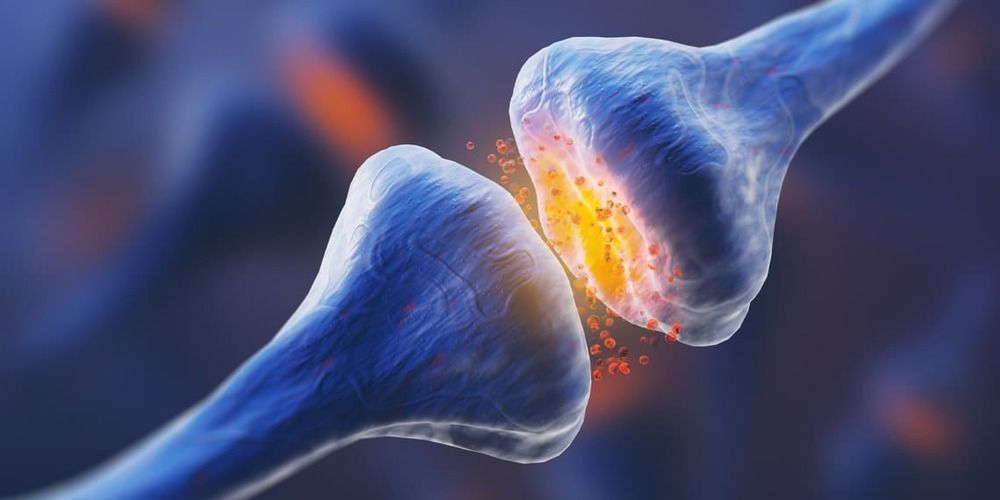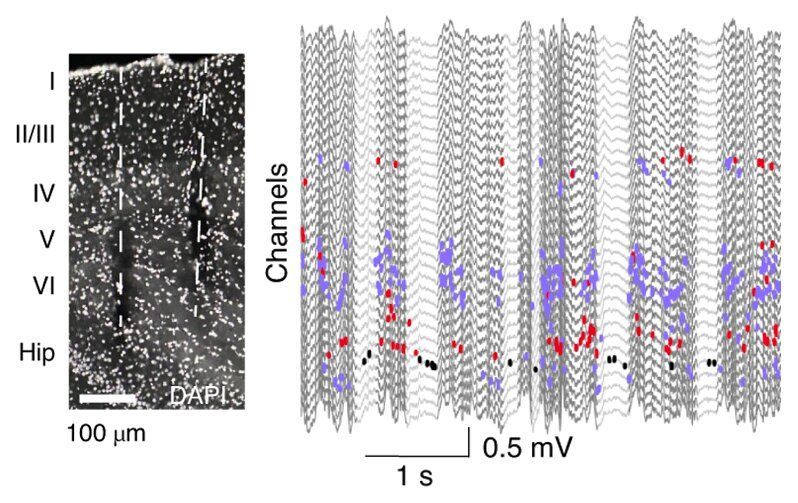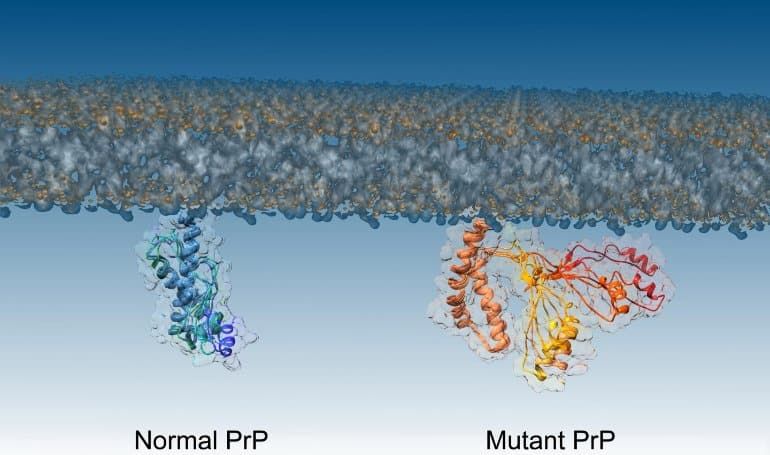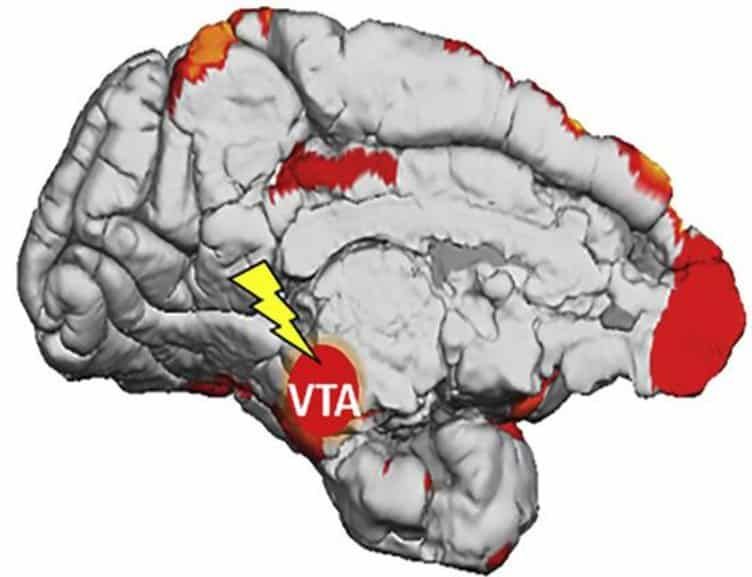I will look at the idea that all disease could be almost stopped in its tracks with a universal treatment for aging. A lot of people ask when we will cure aging and the answer is it may well be here sooner than many realise.
It doesn’t matter how good the treatments are that we develop for cancer, heart disease, alzheimers, and any other of a number of the most common ways we finally die, it is really just a game of whack a mole. If you survive one, just wait a few years and another will get you.
And they cost society, both socially and economically on a massive scale.
Does that sound morbid, sad, as if it is all just pointless?
Well it kind of is, in a way.
But it doesn’t have to be that way…
Read DNA : Identify Issues : Cure proactively Prevention is better than cure.









